Wow, that’s pretty wild.
I’m circling back to wallets because mobile matters more than ever, and developers keep pushing features that feel promising but sometimes half-baked.
You want speed, low fees, and a clean UX that just works even when networks hiccup or traffic spikes.
But there’s also NFT support and swap functionality to judge.
When everything clicks together — the wallet, the swaps, the NFT gallery — the routine feels surprisingly seamless and simple enough for most users to adopt quickly.
Really, is it that easy?
At least that’s my first impression after using several Solana wallets across Android and iOS for live trades and NFT browsing sessions.
I liked some, disliked others, and kept circling back to the same features that actually mattered to me day after day.
Mobile swaps need native token support and tight slippage controls to be useful.
If a wallet pretends to offer easy swaps but pushes users into hefty fees or opaque routing, then it’s a bad deal no matter how slick the UI looks on a tiny screen.
Whoa, that’s a problem.
Security still trumps convenience for me, even when I’m lazy.
Seed phrase handling, biometric unlocking, and optional hardware support are non-negotiables.
I want to approve transactions without fear, not because I didn’t read somethin’.
That said, if a mobile wallet gives you too many pop-ups, repeated approvals, or confusing gas options that require a PhD to understand, you end up frustrated and then switch to yet another app, which is the worst retention problem for crypto UX teams.
Here’s the thing.
Good swap UX reduces clicks and explains trade-offs clearly.
Slippage, routing sources, and whether swaps are off-chain or on-chain matter a lot.
I care about the default slippage and the ability to choose routes manually.
On Solana, swaps are fast and cheap compared with Ethereum, but that doesn’t mean UX fidelity can be lax; integrated routing to Serum or Raydium pools, transparent fees, and rollback behavior when trades fail all influence the user experience substantially.
Hmm, I dug deeper.
I tested wallet-native swaps, in-app fiat onramps, and NFT galleries over a couple of weeks, tracking errors, latency, and the odd UI glitch.
Some wallets had clunky NFT views that made browsing feel like scrolling through folder lists.
Others showed high-res art, auction states, and smooth transitions that actually made collecting fun again.
The best mobile experiences compressed complex on-chain data into simple metaphors — buy, swap, list, and view — while still allowing power users to dig into transaction details, explorers, and provenance when they want to verify authenticity or trace a provenance trail for a prized NFT.
Seriously, it’s that noticeable.
Wallets that include marketplaces let creators list NFTs directly from the app.
That reduces friction for creators and buyers, and keeps discoverability tighter.
But marketplaces need fair fee splits, reliable metadata, and strong moderation to prevent scams.
If a mobile wallet pushes users toward an integrated marketplace without showing provenance, price history, or clear royalty mechanics, you open the door to misunderstandings and disputes that erode trust in the platform over time.
Whoa, that’s weird.
I’m biased, but some apps push promotions too aggressively during onboarding.
That part bugs me because wallets should earn trust slowly, not bombard users with offers.
Also, watch out for internal swaps that route through unknown intermediaries.
On one hand integrated features are great for convenience, though actually they can centralize flows, increase single points of failure, and make compliance or sanctions risk exposures more likely unless built with transparent third-party auditing.
Here’s the thing.
I prefer wallets that let me connect hardware devices, even on mobile.
Biometric unlock is fast, but it’s not a replacement for secure cold storage.
For collectors, exportability and proof-of-ownership tools matter too.
If an app locks your NFTs behind proprietary systems with no clear export path or open standards support, you might lose access when the company pivots, which is a real fear for long-term collectors who value provenance above speculative flipping.
Hmm, not great.
Okay, so check this out—some wallets nail this balance between simplicity and depth.
Initially I thought easy swaps were enough, but then realized I wanted deeper analytics too.
Actually, wait—let me rephrase that: discard the checkbox ‘just swap’ unless you can inspect the route.
So, for Solana users who want a tidy mobile wallet that handles swaps gracefully, showcases NFTs in a pleasant gallery, and keeps security sensible without requiring constant babysitting, try wallets that blend native SPL token support, integrated marketplace features, and tight UX flows that encourage confident use rather than fear-driven clicks.

What I look for in a mobile Solana wallet
If you want to try a popular option that balances these needs, check phantom for a feel of how swaps and NFT galleries can be integrated without clutter.
I’m not 100% sure every feature will fit your taste, but it’s a solid starting point.
(oh, and by the way…) I like wallets that make token approvals readable, not a wall of hex and scary gas estimates.
Also, it’s very very important to backup your seed phrase before testing swaps or listing NFTs.
FAQ — quick answers
Are swaps on Solana cheaper than on Ethereum?
Yes, swaps on Solana tend to be far cheaper per transaction and finalize much faster, though routing and slippage still affect the final cost.
How safe are NFTs stored in mobile wallets?
Mobile wallets can be safe if you use biometric locks, back up your seed phrase securely, and optionally pair with a hardware signer; however, custodial features or proprietary lock-ins add risk so read the fine print.
